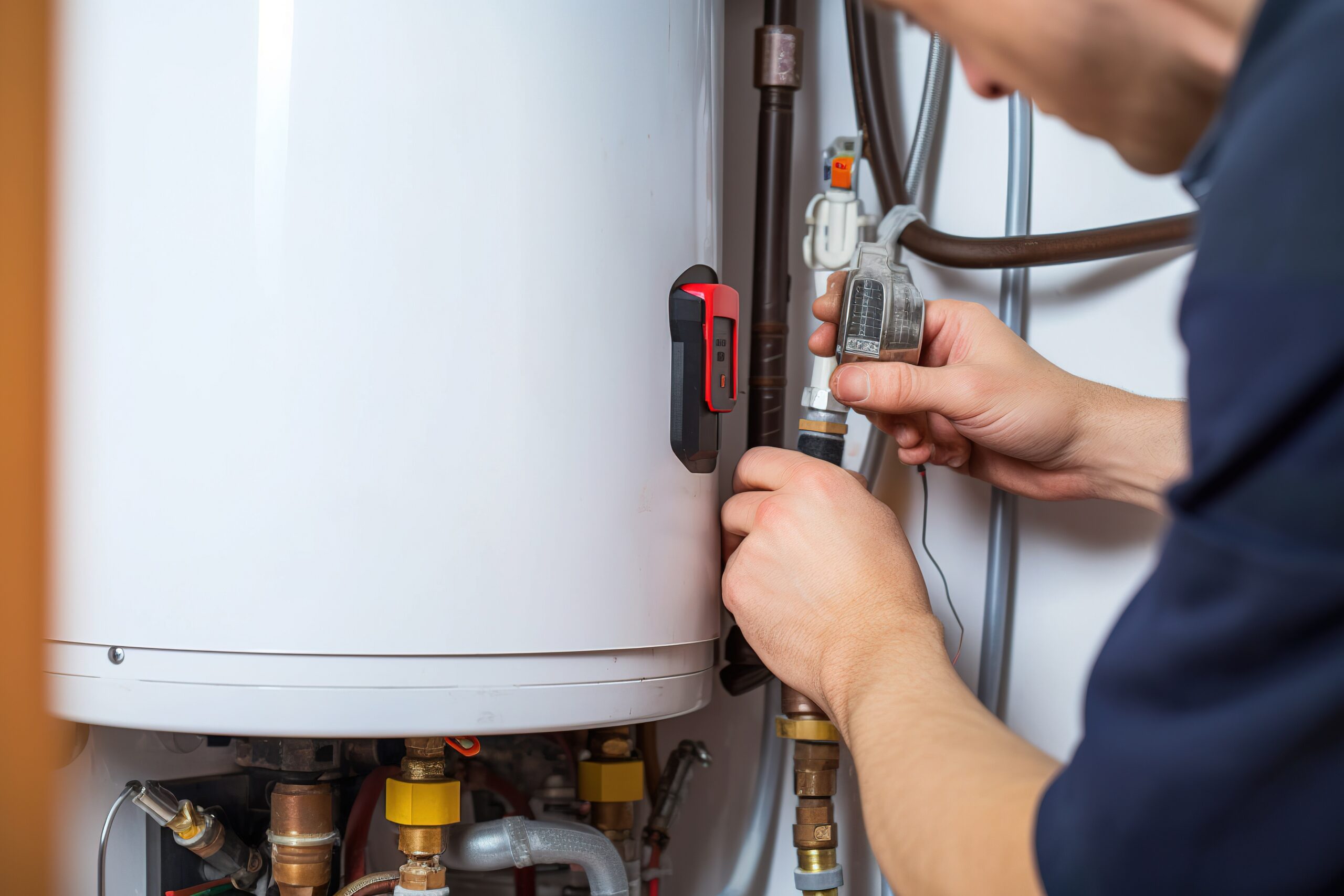Flushing a Water Heater

For many homeowners, we may not think much about our water heater—until it stops working. With a little bit of routine maintenance, like flushing your water heater once a year, you can keep it running efficiently and extend its life. Here’s why it’s important and how to do it.
Why Flush Your Water Heater?
Over time, sediment from minerals in your water supply builds up at the bottom of your water heater tank. This buildup can cause several issues:
- Reduced Efficiency: The sediment creates a barrier between the burner and the water, making your heater work harder to heat your water.
- Less Hot Water: Sediment takes up space in your tank, leaving less room for actual hot water.
- Strange Noises: Popping or rumbling sounds are often caused by hardened sediment heating up and breaking apart.
- Unpleasant Odors: Bacteria can sometimes grow in the warm, stagnant areas of a sediment-filled tank, causing your hot water to develop a foul or sulfur-like smell.
- Shorter Lifespan: That extra strain can wear out your unit faster, leading to costly repairs or early replacement.
Flushing the tank removes that sediment, keeping your water heater running smoothly and efficiently.
How to Flush Your Water Heater (Step-by-Step)
Although the steps for flushing sediment from a water heater can differ slightly depending on the model, the guide below outlines the general process.
Safety first: If you’re not comfortable working around plumbing or hot water, consider hiring a professional.
- Turn Off the Water Heater
- For gas heaters, set the thermostat to the “pilot” setting.
- For electric heaters, turn off the power at the breaker box.
- Shut Off the Cold Water Supply
There’s usually a valve at the top of the unit—turn it off to stop incoming water. - Connect a Hose to the Drain Valve
Attach a garden hose to the drain valve at the bottom of the tank. Run the hose to a floor drain or outside. - Turn On a Hot Water Faucet
This prevents a vacuum from forming in the lines and allows water to flow out freely. - Open the Drain Valve
Let the water start flowing out. Be cautious—it may still be hot! - Flush Until Clear
Once the tank is empty, briefly open the cold water valve to stir up and flush out any remaining sediment. Do this until the water runs clear from the hose. - Close Everything Back Up
- Close the drain valve.
- Disconnect the hose.
- Turn off the hot water faucet.
- Turn the cold water supply back on.
- Restore Power or Gas
Turn your electric breaker back on or set the gas thermostat back to your desired setting.
Bonus Tip: Schedule It!
Mark your calendar to flush your water heater annually—especially if you have hard water.




